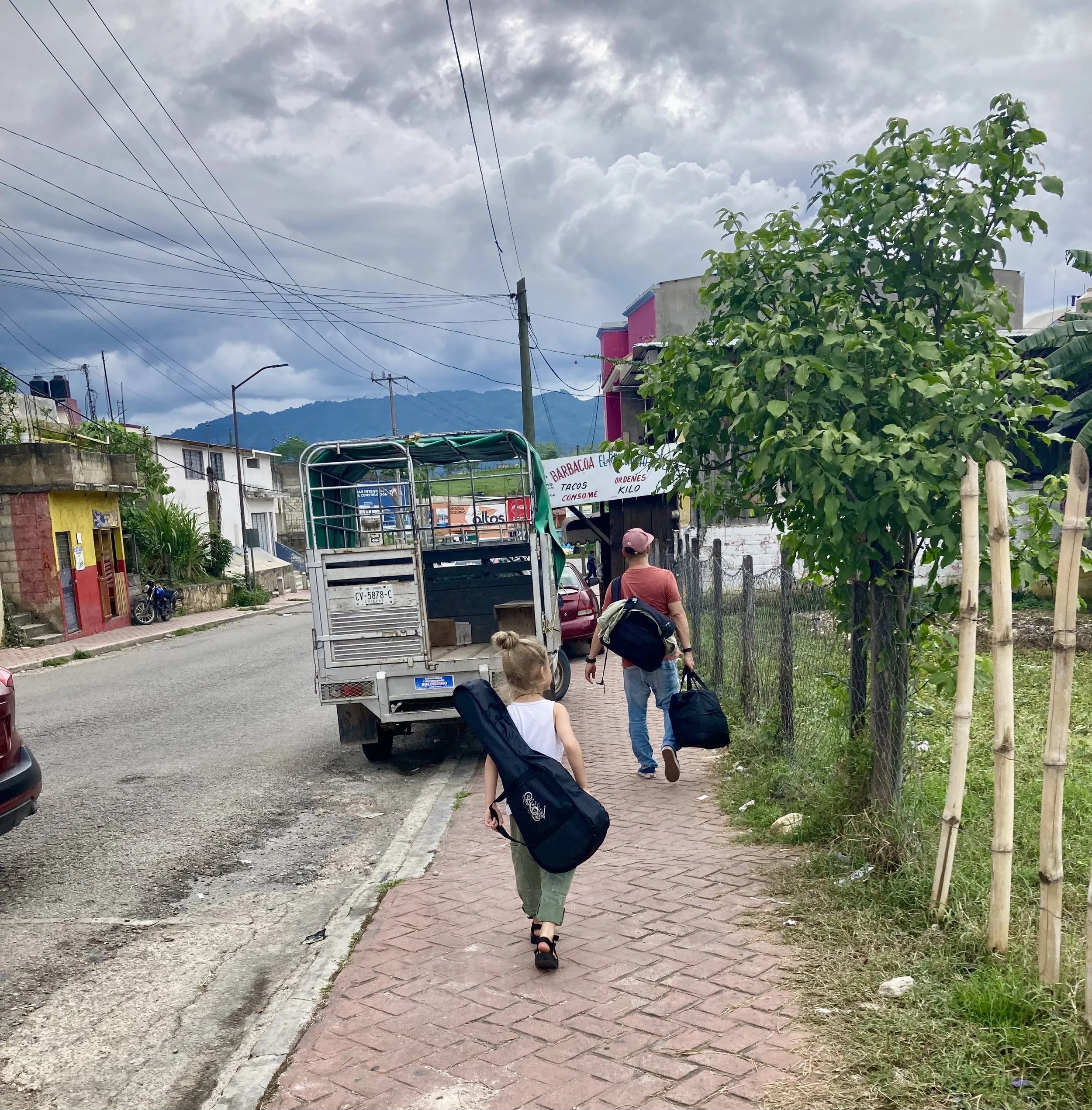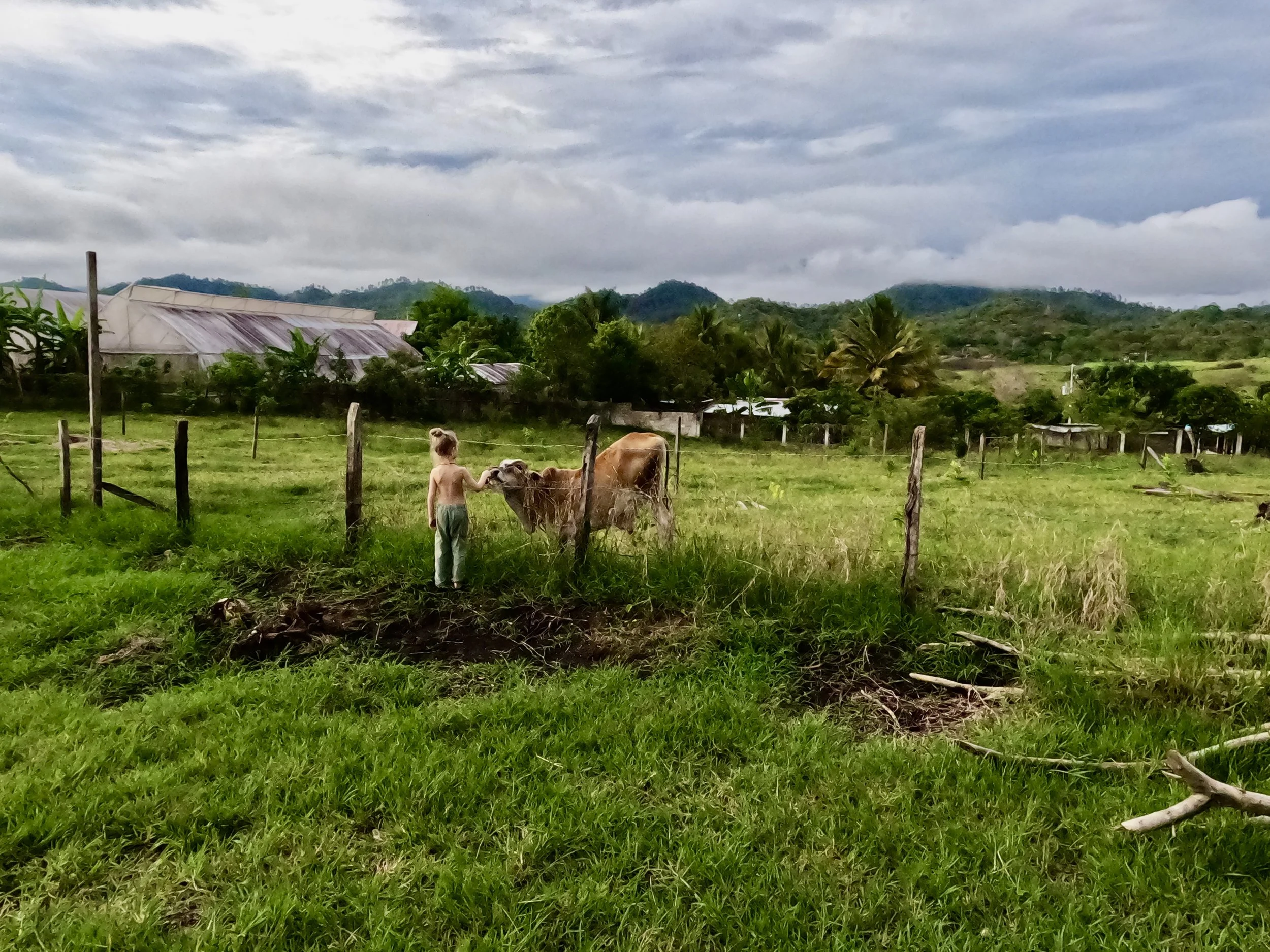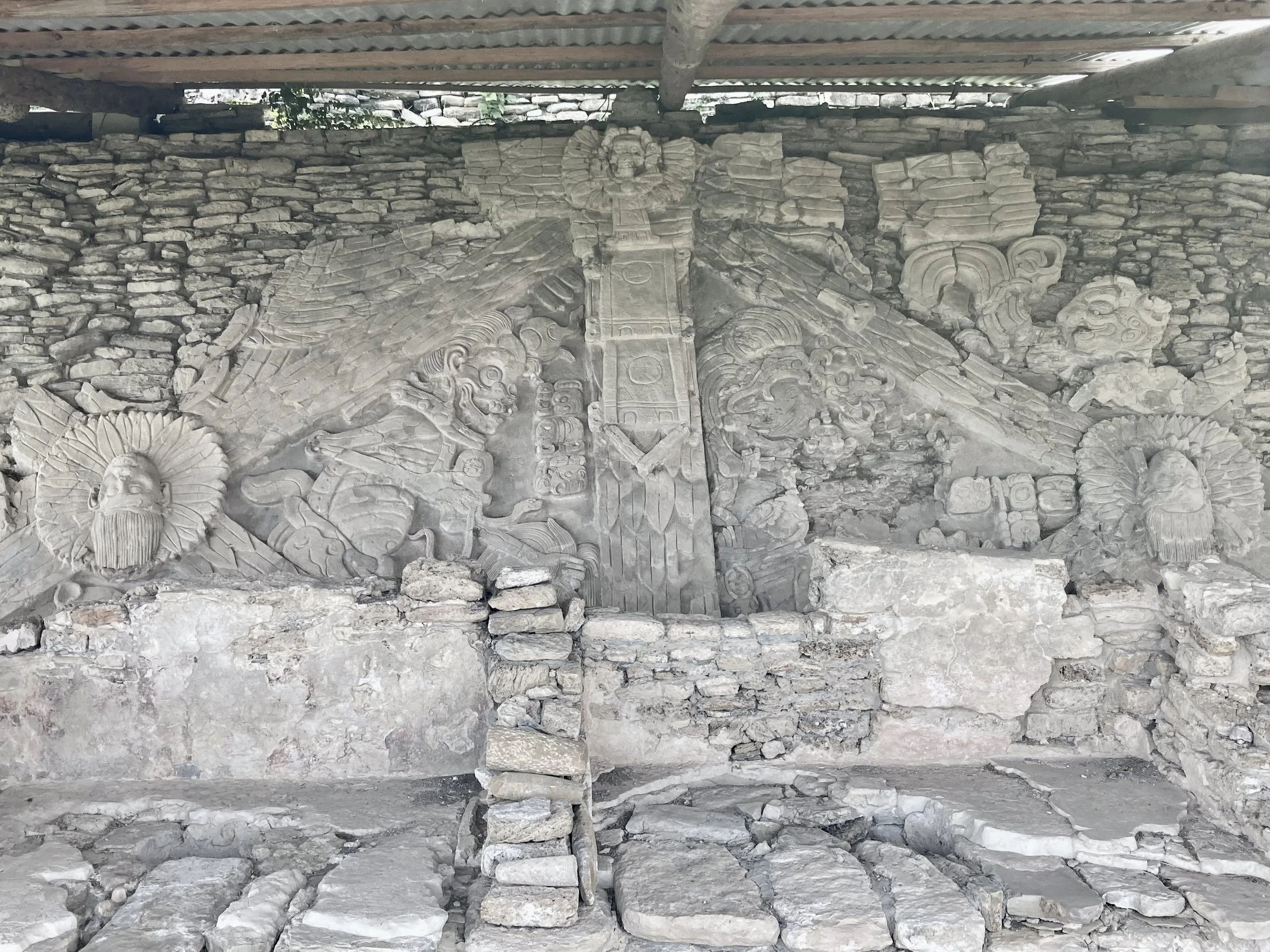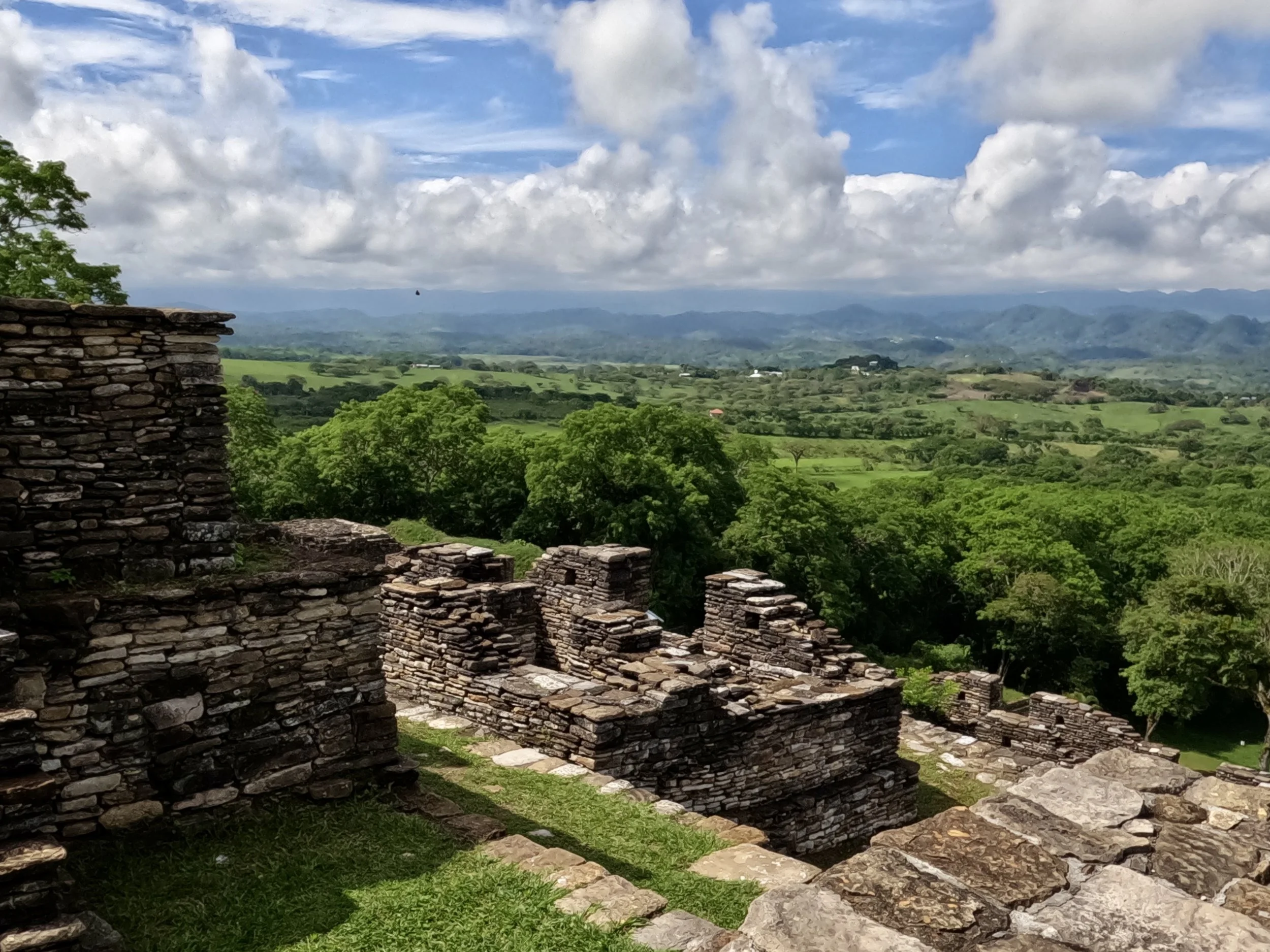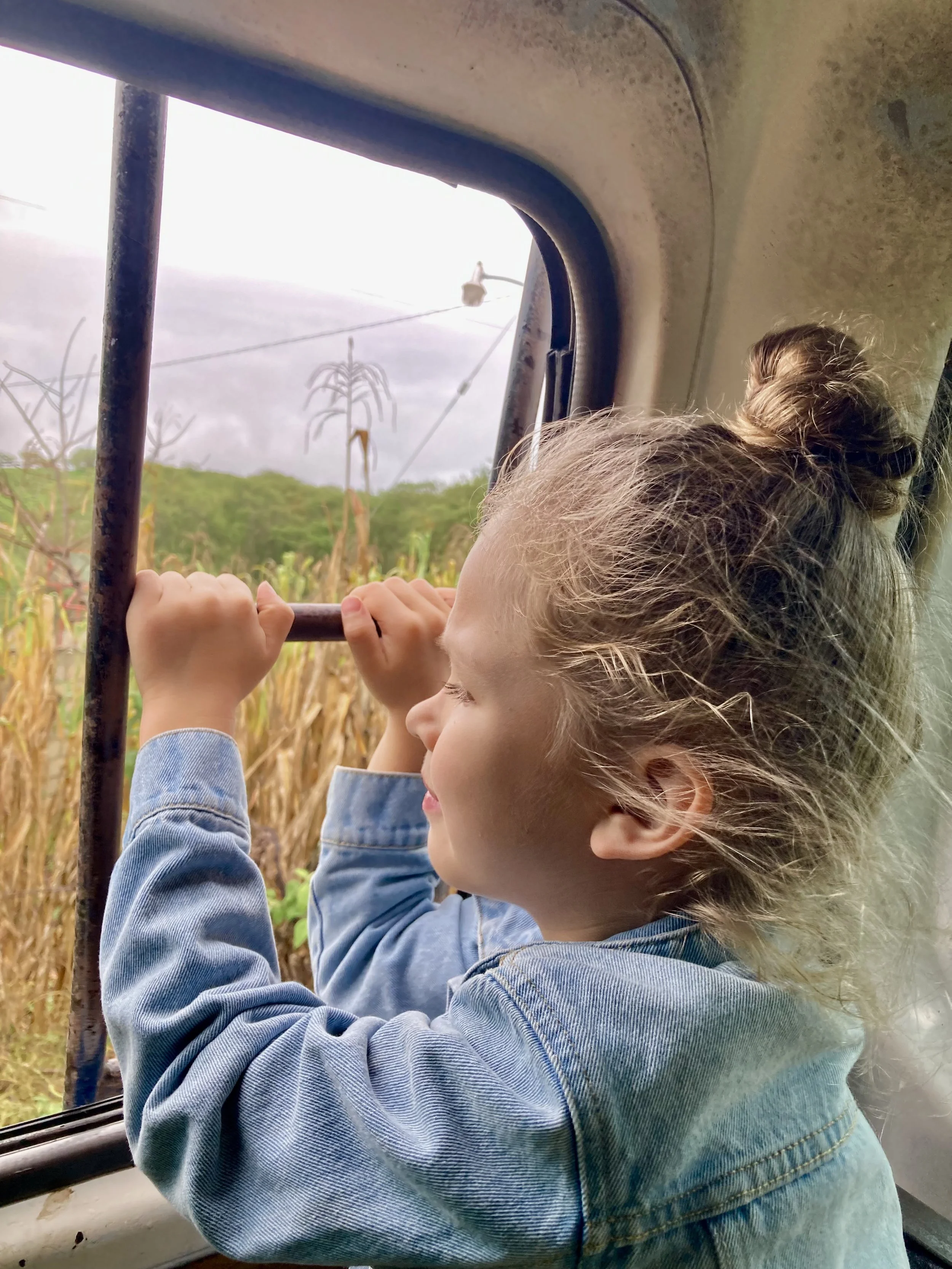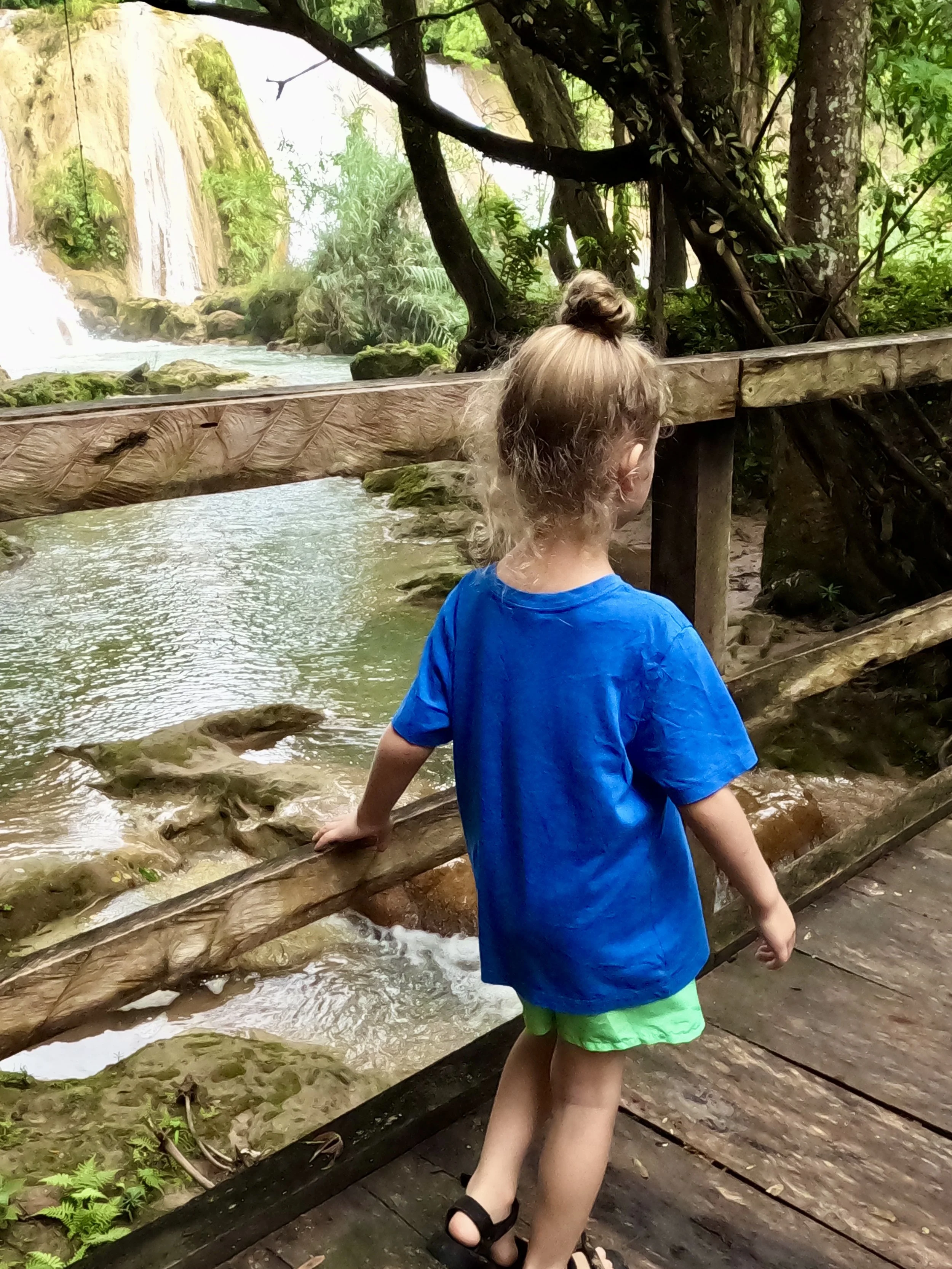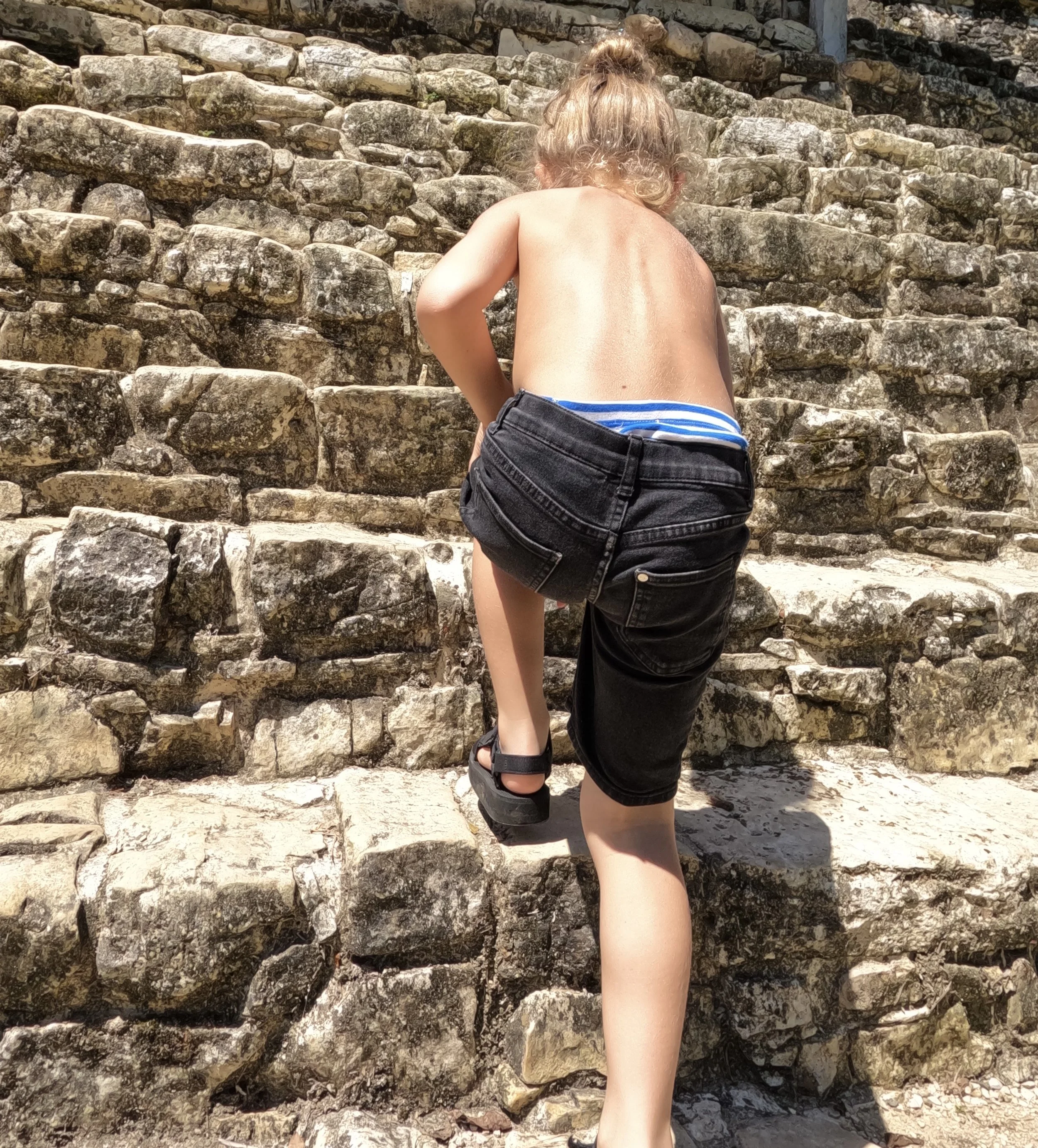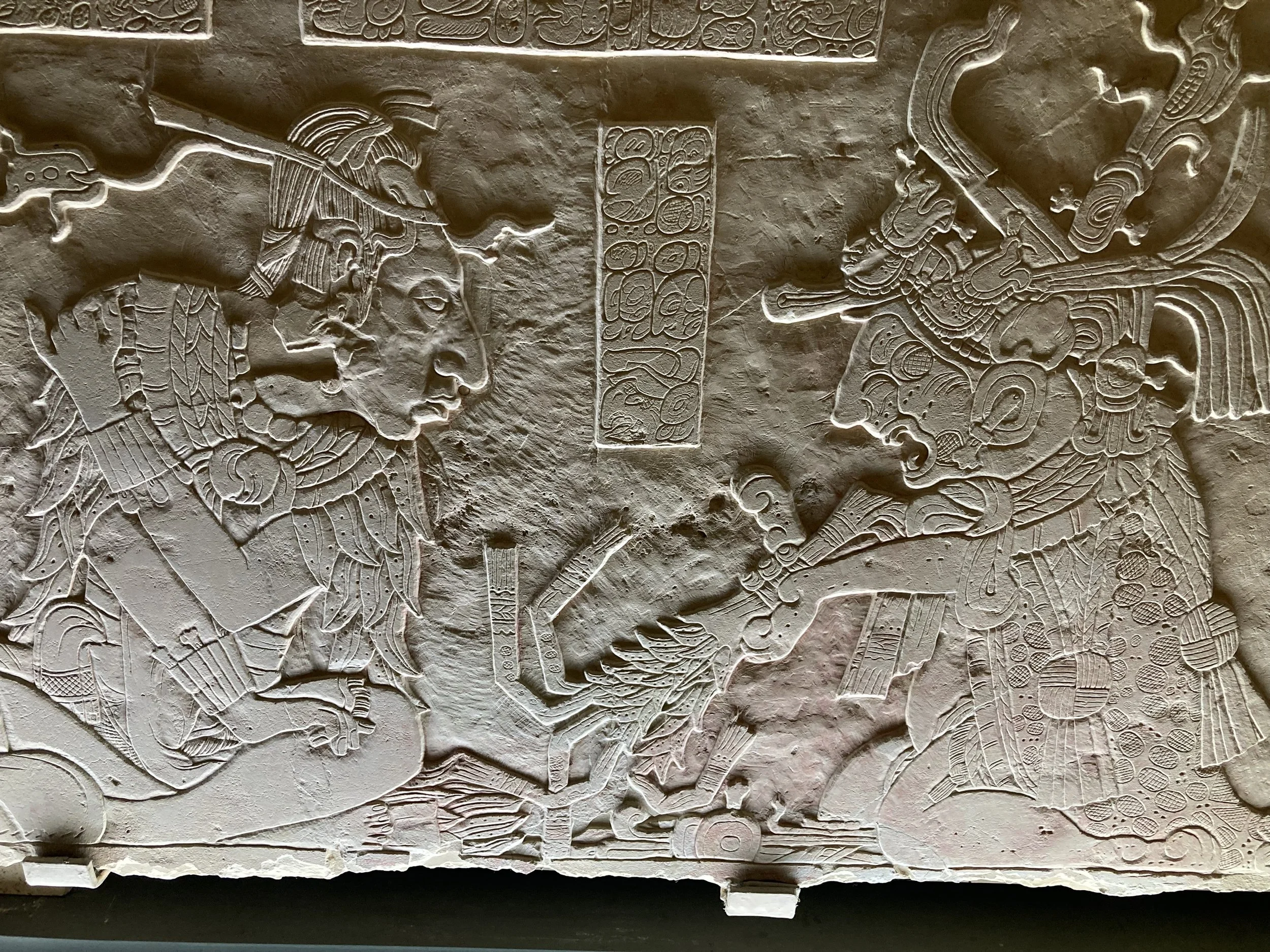Mayan Archeology at Palenque & Tonina
Journey into History
We left San Cristóbal de Las Casas and headed for an archeological adventure into the low land jungles of Chiapas. Our first stop was Ocosingo, one of the handful of urban centers occupied but he Zapatista during the 1994 uprising. Unlike San Cristóbal which was also occupied but sheltered from military violence due to the large number of tourists and journalists, Ocosingo was besieged by heavy military forces sent in by the Salinas (then president of Mexico) government. Violence broke out in the streets and many people were killed as a result.
The Jungle Gateway
Ocosingo is known as the gateway to the Lacandon Jungle, an area of unique biodiversity and primary growth forests, it is often compared to the Amazon Jungle. Both uranium and petroleum have been discovered by foreign multinationals looking to secure mining rights deep in the jungle. As a result the Mexican government began a program of aggressive ‘colonization’ - forcibly relocating indigenous people across Chiapas into settlements within the Lacandon. Without clean drinking water or access to health care survival rates continue to be very low.
The House of Stone
We stayed just outside of the city walking distance to the Tonina archeological site. Lesser known than its contemporary Palenque, the site is still being excavated and we were the only visitors exploring for several hours. Tonina is a Mayan Tzeltal word referring to the stone buildings used to observe the celestial lights. It is thought to date from 300 AD and many highly detailed carvings have bee uncovered depicting what seems to be bird like creatures rising from the underworld to make sacrifices.
Mayan Rivalries
There is a school of thought that believes Tonina to be intentionally abandoned by scholars as the initial findings began to challenge the ‘peaceful Mayan’ stereotypes that has been long promoted by archeologists. As the artwork and historical records began to be uncovered an image of warring Mayan states began to materialize. What has been identified so far documents ongoing military campaigns between Tonina and Palenque. Some images depict military figures and political rulers being captured and sacrificed with Tonina claiming the last victory.
Lowland Travel
From Tonina and Ocosingo we traveled towards the north east towards Palenque in the low lands. There are a whole array of guided day trips from San Cristóbal de Las Casas to Palenque, leaving at 3am and returning well after dark. We decided to go at a much slower pace and spent a week on the road exploring. This meant that we took local collectivos and shared truck taxis shifted people along the serpentine two lane highways that wound their way up and down the mountains. Throughout the journey we saw milpas, corn based gardens, at times cultivated in near vertical plots as a result of land grabs by hacienda owners claiming the fertile, and flat, valley floors. Corn is the foundational nutrition for Mayans living in Chiapas and seeing the tiny plots squeezed into any available land was a visual testimony to the long history of displacement indigenous people have endured for centuries.
Chiapas = Water
Halfway to Palenque we chose to stop over at Agua Azul a series of spectacular waterfalls and rivers. A well known tourist destination, the cluster of open air restaurants and vendors typically see tourists come and go quickly, spending less than two hours average on their day trip to Palenque. One of the stops on their family vacation to Chiapas from Mexico City, Aldo had very happy memories of Agua Azul and he was looking forward to sharing it with us. We rented a small cabin along the river and spent three days swimming in the river, exploring the forest and trying out the local roasted chicken made with bright red achiote paste.
Jungle Poolside
In the spirit of slow travel we opted to stay five days in a hotel deep in the jungle on the road to the Palenque archeological site. In the evenings we listened to the howler monkeys calling to each other through the treetops. The sound of birds admiring the impossibly abundant blooming tropical gardens woke us in the mornings. In the afternoons Mattias worked on his swimming skills and we sought out shady spots to hide away from the fierce jungle sun. We read books, played guitar and dozed in the hammock, we were like still islands in the middle a frantic river of tourists trying to squeeze everything into an overnight trip.
Climbing the Temple
The Mayan Archeological site of Palenque (a Spanish name given to the neighboring village) was designated a World Heritage Site by UNESCO in 1987 and is a very popular archeological site for lovers of the late classic Mayan era. Several buildings and tombs have been excavated including the famous Temple of Inscriptions and the tomb of the Red Queen, as they are known in English. The first and most extensively studied, was also the tomb of Pacal, a Mayan noble who supervised its construction in approximately the year 675 AD. The Tomb of the Red Queen was unearthed in 1994 by a team of Mexican archeologists & anthropologists who encounter a solid stone sarcophagus brightly painted using cinnabar, a bright red form of mercury sulfide, and the reason for nick naming her the Red Queen.
Childhood Travels
Aldo and I both have happy memories of visiting Palenque. His from childhood (awww! look at baby Aldo and his papa!) and mine as a 20 something backpacker (and not nearly as cute!) on my route to travel in South America. We both remember visitors were invited to scramble up the steps leading to the Temple of Inscriptions now cordoned off and protected from foot traffic. As I have grown up visiting archeological sites in Mexico, conflicting emotions have developed. While I so appreciate the access to experience a physical connection to a common human past, I would like to learn more about the access the living relatives of the original builders have to deciding the way these places are shared.
Mayan Artwork
Spectacular low relief carvings are one of the reasons that palenque is so admired by historians and art lovers alike. A technique employed the world over, in Egyptian tombs, wall carvings at the Alhambra and throughout Pompeii; the artist carves shallow, highly detailed images onto a surface like stone or plaster. The artwork at Palenque has all been removed to an office museum that we spent the afternoon being amazed by.

